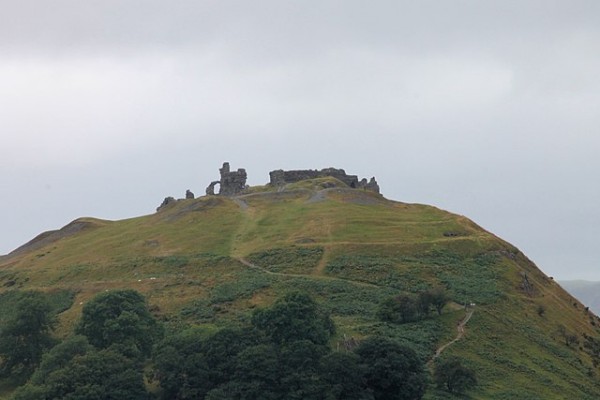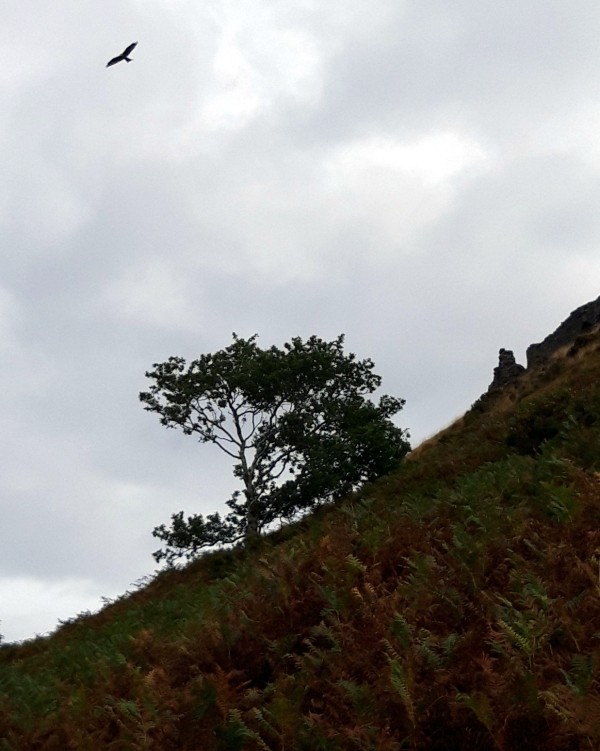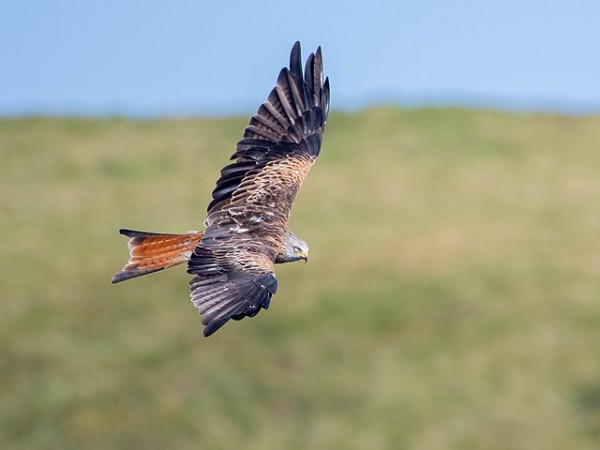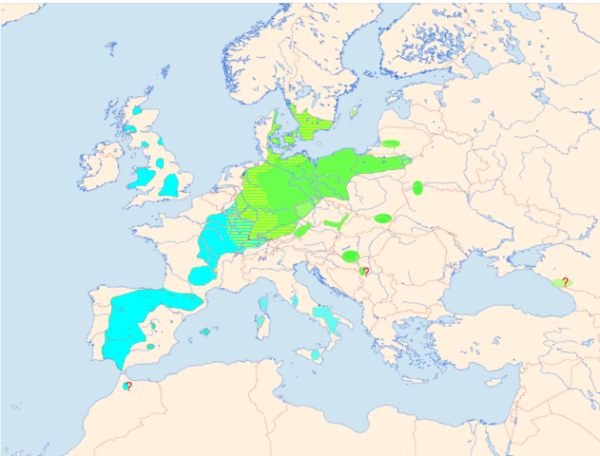Your ‘umble scribe has just spent an enjoyable week’s walking with his sister (and her dog) in the Vale of Llangollen, an area which neither of us has visited for over 50 years.
Llangollen itself is named after St Collen, a 7th century Welsh monk who is said to have arrived in Llangollen by coracle and founded a church beside the river there. No other churches in Wales are dedicated to him.
One day’s walking was taken up with a gentle amble down to the Horseshoe Falls, a diversion to the parish church of St Tysilio in Llantysilio (recommended for its medieval woodwork and memorials. Ed.), then a gentle amble into Llangollen for lunch, followed by a short and vigorous climb up to the romantic ruins of Castell Dinas Brân, a 13th century castle set in the midst of prehistoric earthworks, which we had both visited separately in our youth.

Word has it Victorian visitors to the castle ruins used to take their afternoon teas up there with them to enjoy whilst admiring the splendid views to the east across the Cheshire Plain and the more rugged scenery closer to hand up the Eglwyseg valley.
When had just started our descent, we noticed a red kite patrolling the skies just above the castle ruins. Apologies for the less than perfect picture, which fortunately still shows the bird’s angled wings and distinctive forked tail.

Here’s a slightly better shot of a Welsh red kite courtesy of Wikimedia Commons.

At one time persecution had reduced the country’s red kite population to a small rump mostly around Tregaron in Ceredigion, legal protection (they are covered by Schedule 1 of the Wildlife and Countryside Act. Ed.) and reintroduction schemes have now seen the bird’s population start to recover. Those schemes have seen the birds reintroduced to Scotland, central Wales and central England, especially the Chilterns. The present UK breeding population is estimated by the RSPB to be some 4,600 pairs. Its current distribution can be seen on the following map.

As a child, your ‘umble scribe remembers reading in wildlife books that red kites were once so widespread, they were a common urban pest in the 16th century. Were they to repopulate urban areas that would make their reintroduction schemes the most successful to date: as part of their diet is derived from scavenging, they would thrive in our streets paved with discarded takeaway containers.